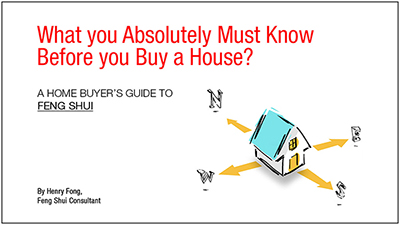An house or land should ideally be square or rectangular. If more than a third of the length and breadth is missing, then you potentially have a missing corner.
Each Kua in the Pa Kua is associated with a member of the family and occupy a sector. For example Qian is associated with the Father and the sector NW while Kun is with the mother and the sector SW. Chen, Kan and Ken is associated with the eldest, middle and youngest son while Xun, Li and Dui with the eldest, middle and youngest daughter. The sector that they occupy is shown in the diagram on the left.
There are a lot of reasons why a missing corner can be a fearful preposition.
Let me tell you a story. One day the eldest son in the family suddenly fell ill. The doctors who treated him were unable to pin point the cause of his problem and hence unable to prescribe an effective cure. This carried on for a few days until someone suggested that they consult a Feng Shui master.
The Feng Shui master came, surveyed the premises and then proceeded to tell them the cause and solution. He said that the son’s illness is caused by retaining wall on the east sector of the house that has collapsed. The solution is to simply repair the wall.
The wall was repair and he promptly recovered. Now this may or may not be a true story but it serves to illustrate the importance of missing corners.
For some schools such as the Flying Star school, a missing corner need not be a big issue. A house is normally divided into 9 sectors called palaces or court. Based on a formula, some sector will turn out to have auspicious qi which other will have inauspicious qi.
According to this school, if a auspicious sector is missing it is regrettable but if an inauspicious sector is missing, it is not a bad thing after all!
Nevertheless if you a looking for a house or a land, I would suggest you to get one that is of regular shape without missing corners.

